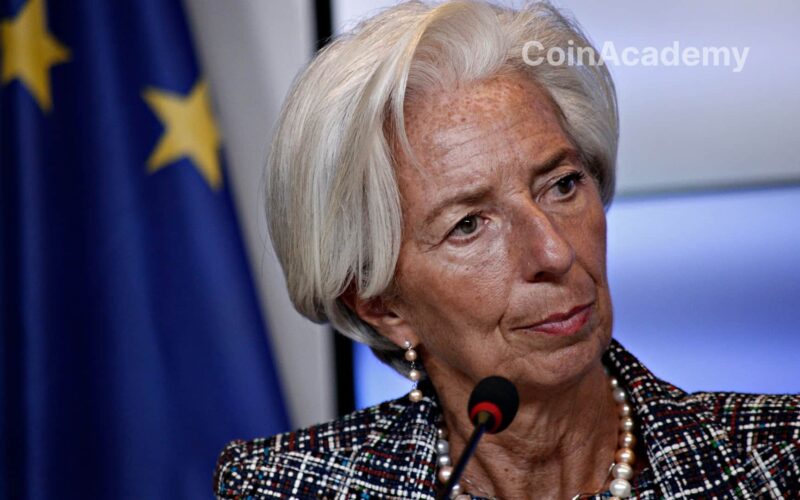Advancement Towards DLT Integration in the European Financial System
The European Central Bank (ECB) is accelerating its efforts in Distributed Ledger Technology (DLT) with the goal of integrating a fiat settlement system. This initiative is part of an innovative approach aimed at modernizing European financial infrastructures and improving market efficiency.
Piero Cipollone, a member of the ECB executive board and project leader, emphasizes the significance of this initiative:
This is a critical contribution to enhancing the efficiency of European financial markets through innovation.
Two-Step Approach for Controlled Transition
The ECB plans to implement this technology gradually, starting with integration into its existing settlement system, Target. Target plays a crucial role in the smooth flow of money, securities, and collateral throughout Europe. The goal is to enable DLT transactions to be settled in central bank fiat, ensuring the stability and security of the financial system.
In the second phase, the ECB aims to develop a more extensive solution that can support a wider range of operations, including settlement of foreign exchange transactions through DLT-based platforms.
In-Depth Exploration of the Potential of Distributed Ledgers
The ECB’s interest in DLT is not new. Since 2023, it has been conducting extensive studies on the application of this technology to institutional financial transactions. As part of these research efforts, market participants have been invited to experiment with central bank fiat transactions on DLT-based infrastructures.
The objective is twofold: to assess the benefits and challenges of this integration while ensuring monetary sovereignty and the resilience of the financial system in the face of technological changes.
Towards a Strategic Modernization of Financial Settlement
By pursuing this path, the ECB seeks to align the evolution of financial markets with emerging technological innovations. The integration of distributed ledgers within European monetary infrastructures could offer faster, more transparent, and secure transactions while preserving the stability of the financial system.



